A crawl space is a wide clearing under a building. This is usually the gap between the foundation of a building and the ground floor of the building. The crawl space can have various heights. The common design is for it to have just enough space for an adult to crawl through hence the name ‘crawl space’: but it could be made very tall, tall enough for standing room, just like a basement. However, the basic description is a space between the ground floor and the foundation crawl space.
The crawl space
The crawl space could be fully encapsulated, thereby limiting the movement of air and moisture from the surrounding environment into the building through the crawl space. This encapsulation can be done using vapor barriers. The crawl space can also be fully vented, allowing a greater flow of air between the environment and the building. The requirements for the crawl space design depends on the choice of the homeowner and the weather conditions.
Having a crawl space is vital as it gives the needed room for designers to fix important plumbing, ductwork, and other important equipment that can improve the safety and comfort of your home. This space provides easy access to sewage systems during repairs. Also, Houses with crawl space have a cooler temperature, especially in warmer climates.
The moisture accumulation
Even though crawl spaces have many advantages, the recurring problem with crawl spaces is moisture accumulation. When there are heavy rain, or snow, the crawl space vapor content increases, making it more humid. This accumulation of water in and around the crawl space leads to a foul odor emanating from the crawl space: This smell is strong, diffused through the whole building, and persists even after spraying air fresheners. This is because the smell is only indicating the presence of a bigger issue.
So the most effective way of handling crawl space air is to, first of all, remove water from the crawl space, I.e to ensure the crawl space is dry. Secondly after draining and ensuring the crawl space is dry, provide a steady supply of dry clean air circulating the crawl space.
The air mover
The crawl space can be kept dry by using anair mover, the air mover is a device that primarily removes water by blowing air towards the affected area at a very high speed. This dries up the wet crawl space quickly, removing the excess water from it by vaporization. To further prevent water accumulation in the crawl space it may be necessary to fully encapsulate the crawl space.
The dehumidifiers
Even after drying the crawl space, the air in the space may still be damp and musty. This is because the humidity of the crawl space is high, and the air is still wet. To reduce the humidity and dry up the air, a dehumidifier is needed. More specifically, a basement dehumidifier. Basement dehumidifiers are the best appliances used to regulate the amount of water vapor in crawl spaces. Increased water vapor also has attending problems like dust mites, mildew, mold growth, and allergens. A dehumidifier, therefore, reduces the risk of these problems too.
Most dehumidifiers are designed to be energy efficient will not considerably impact your electricity usage. In fact, some dehumidifiers can be installed with thermostats. Since humidity levels depend on temperature, the thermostat can be connected to the dehumidifier as a regulator, turning it on when the temperature falls within the humid ranges and turning it off when the temperature becomes normal. That way, you don’t have to worry about running the dehumidifier for 24 hours continuously throughout the week.
Ensuring the freshness and hygiene of crawl space air can be done without increasing energy costs. The energy-efficient and long-lasting dehumidifiers are designed to reduce energy usage and maximize efficiency.
The size of the crawl space
In the buying and installation of dehumidifiers, the size of the crawl space must be taken into consideration. A smaller crawl space will require a small-sized dehumidifier while a large crawl space can accommodate any size of dehumidifiers. The installation must be done by a certified professional to avoid accidents and damage to the building.
The odors in the crawl space
A healthy crawl space can contribute immensely to the comfort of your home. A home with damp and must odor is very uncomfortable. More so the bad odors often suggest the presence of parasites harmful to health. These odors also attract pests and wild animals to the house. Most home inspectors will check for the neatness of the crawl space when evaluating the condition of the building. It is of utmost priority, therefore, to rid of offensive odors in the crawl space.
The quality of air from the crawl space determines the quality of air circulating your home.










.jpg)
.jpg)
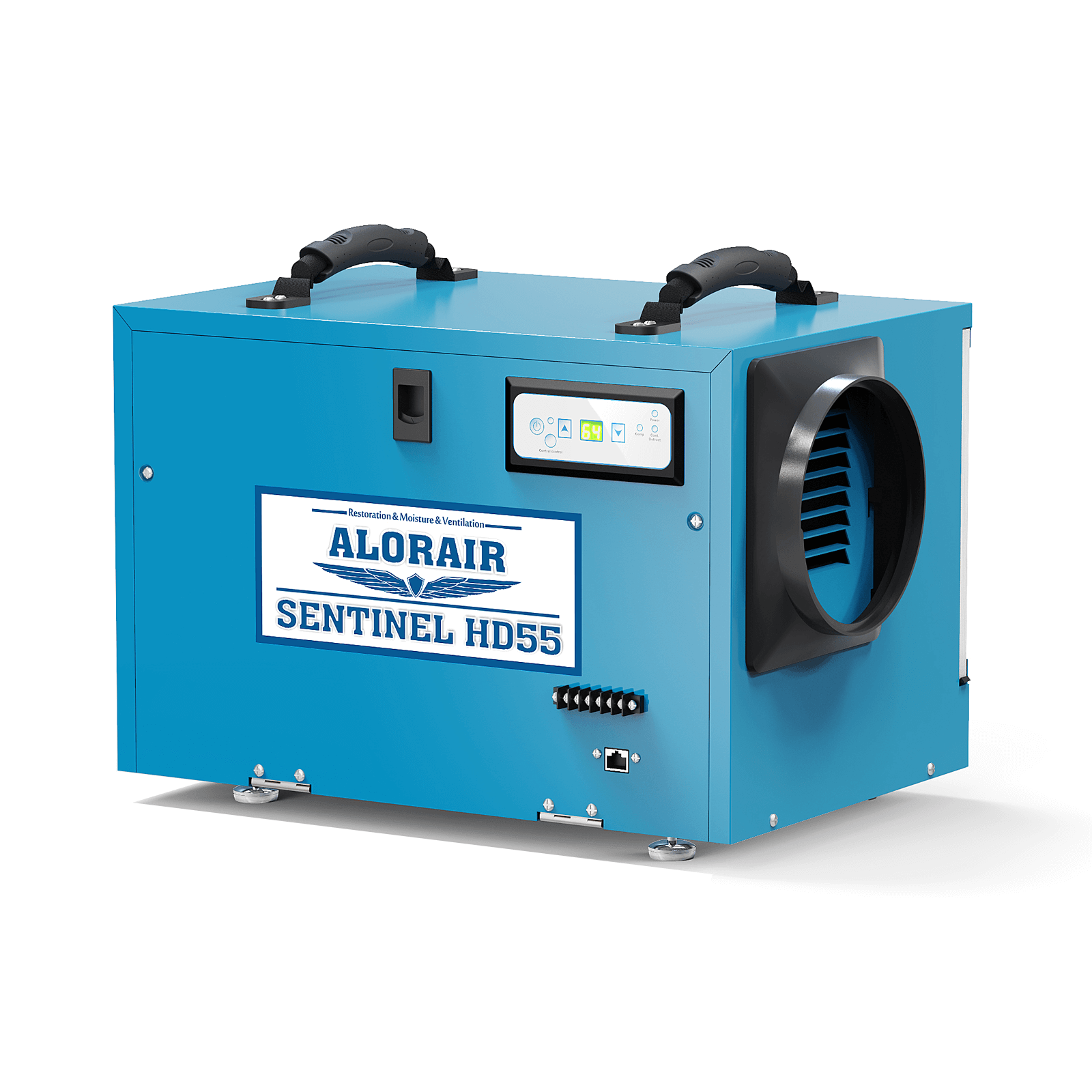
.jpg)
.jpg)
.HDi90.png)
.HD90.png)


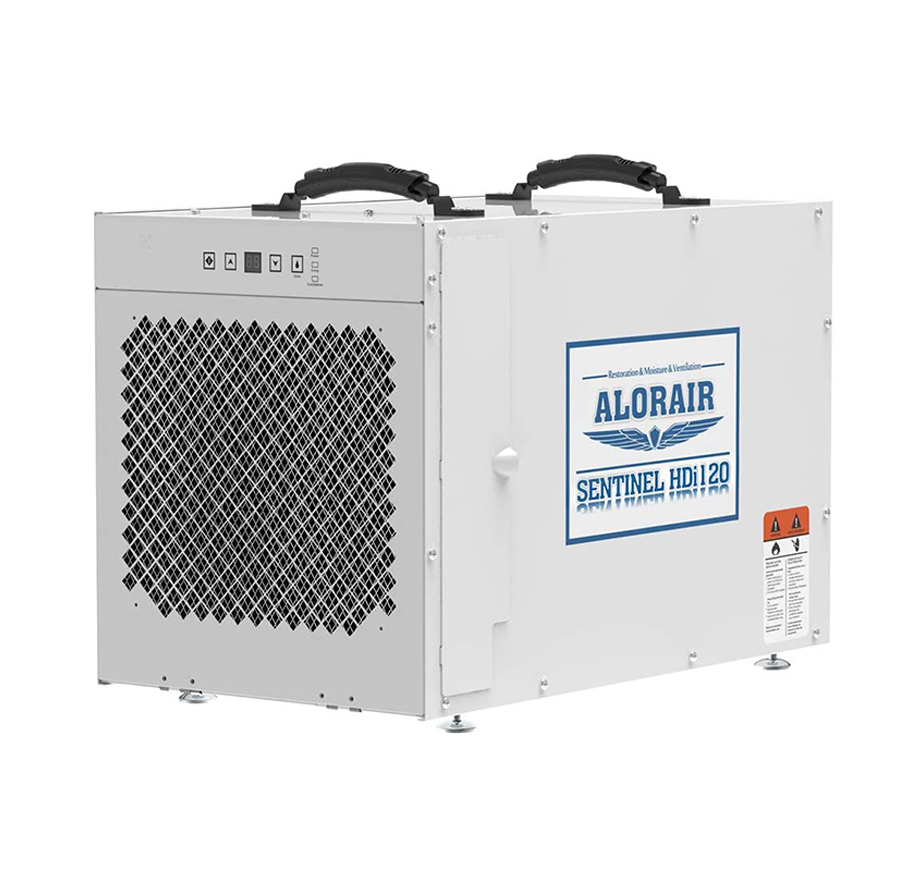
.jpg)






.jpg)
.jpg)
.jpg)
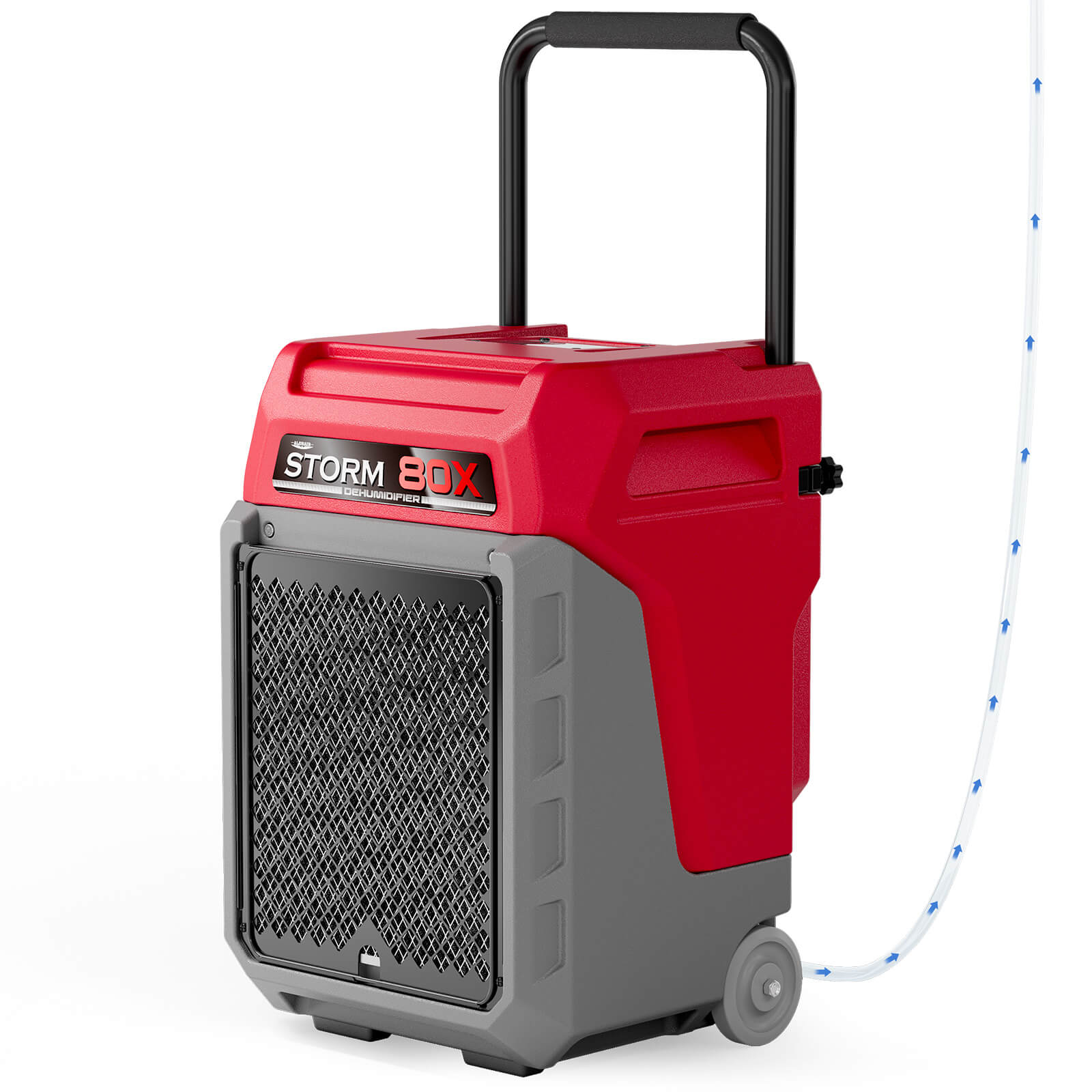

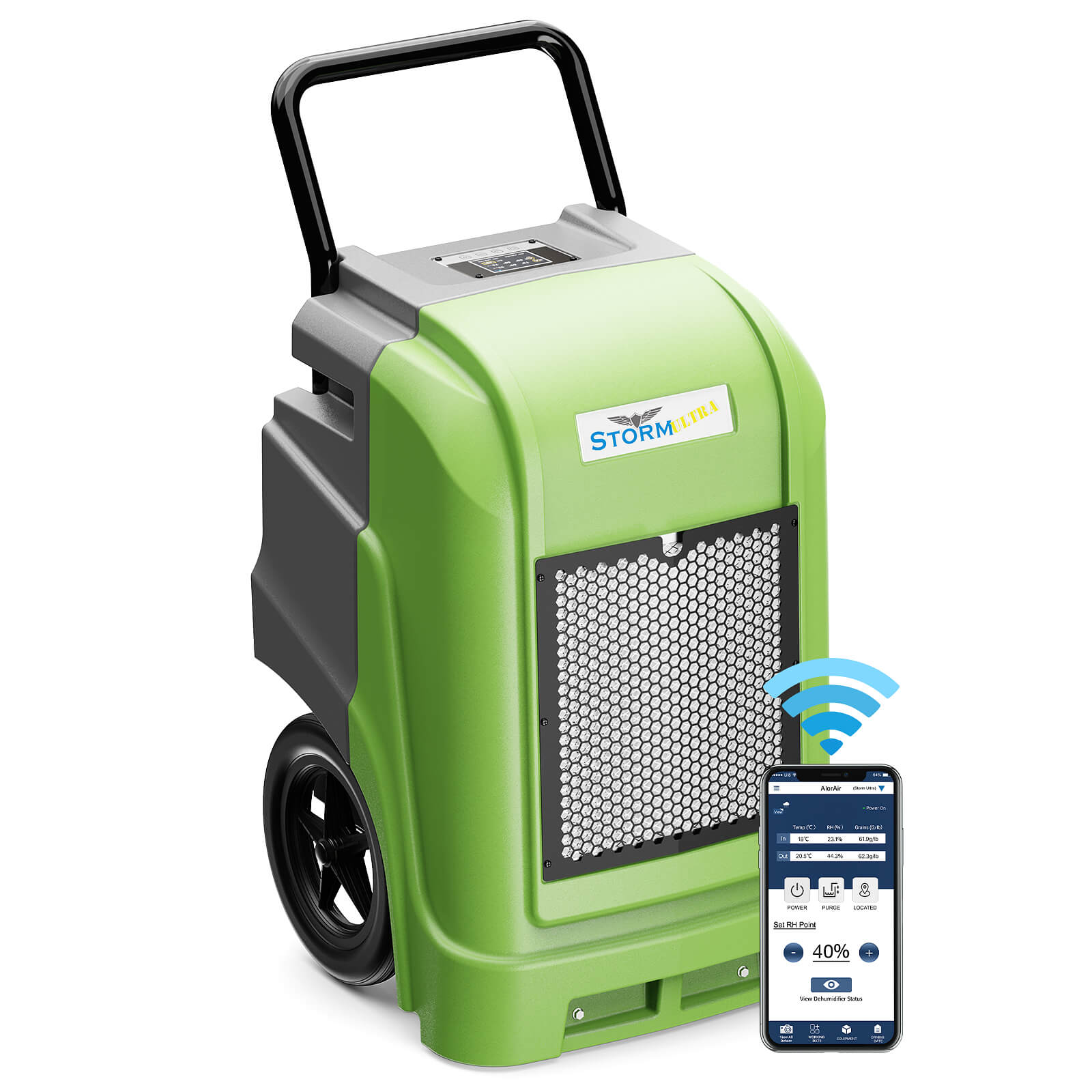
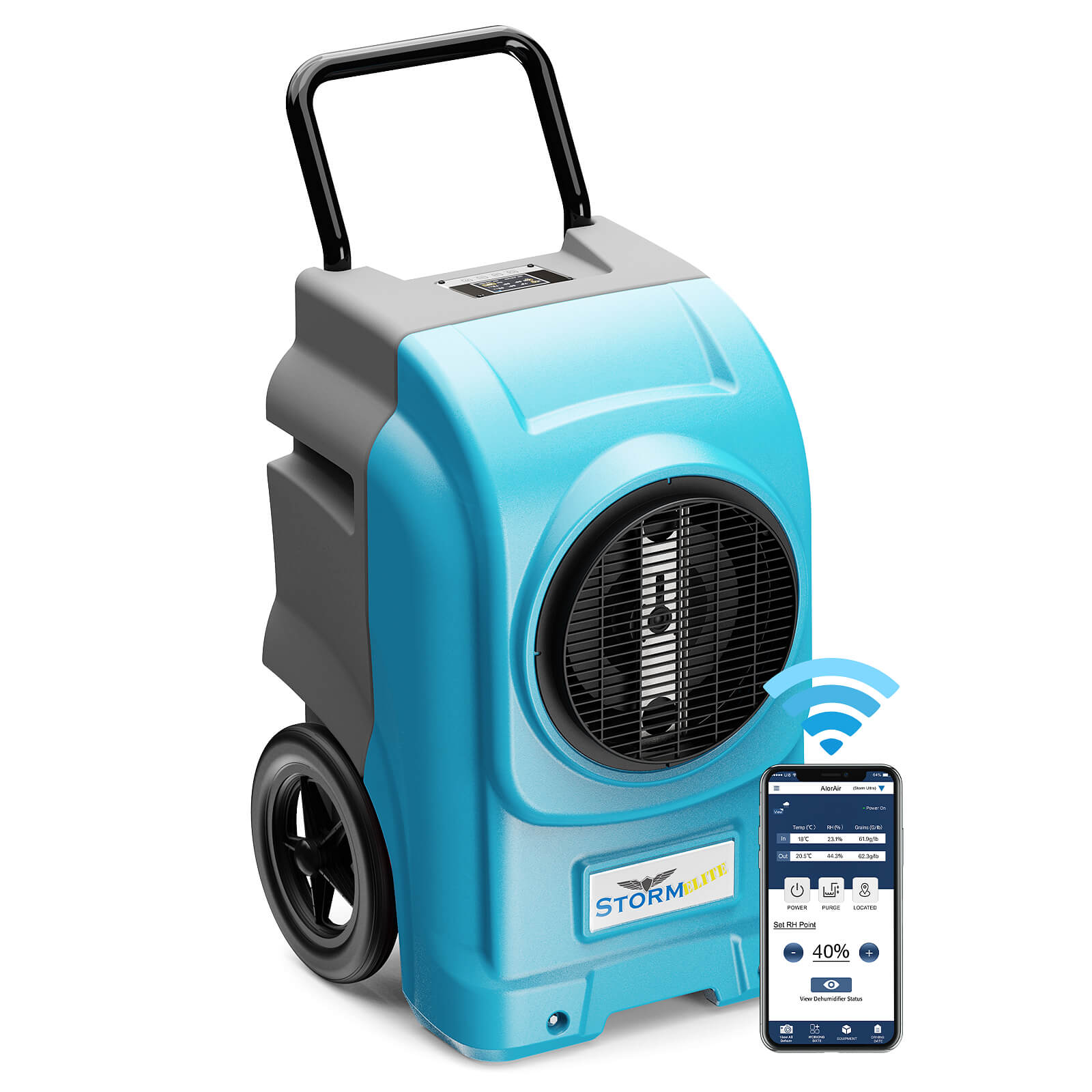
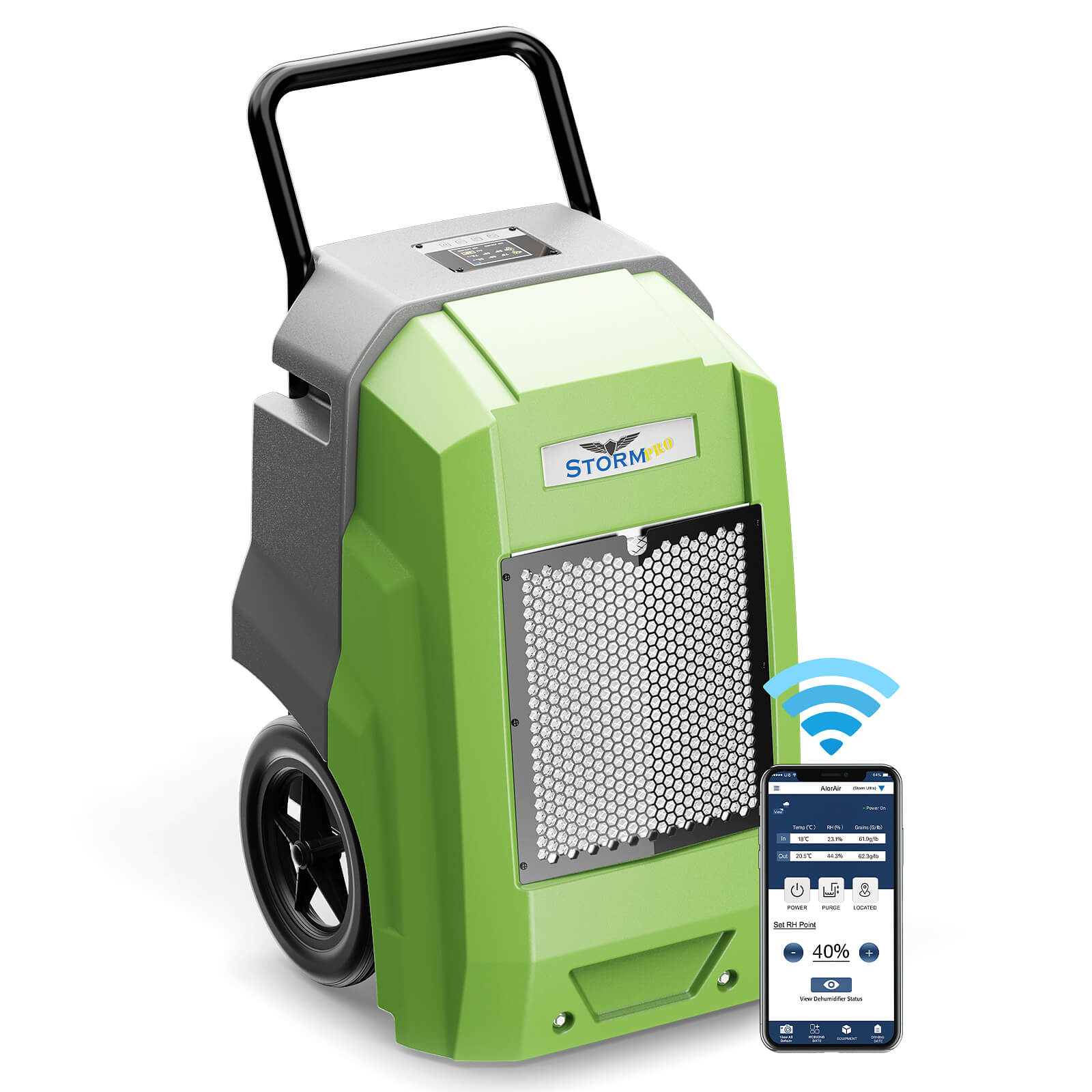
.jpg)
.jpg)
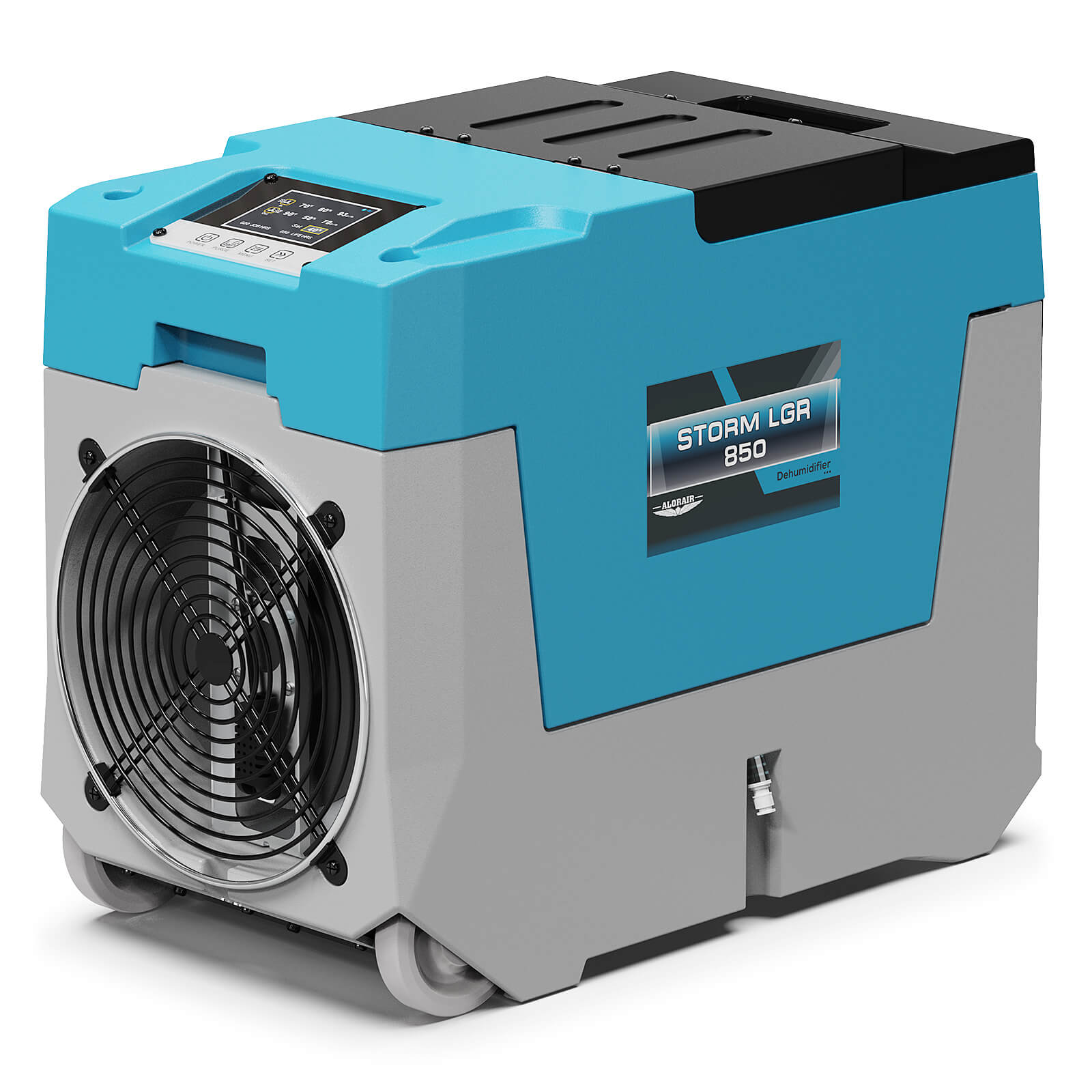
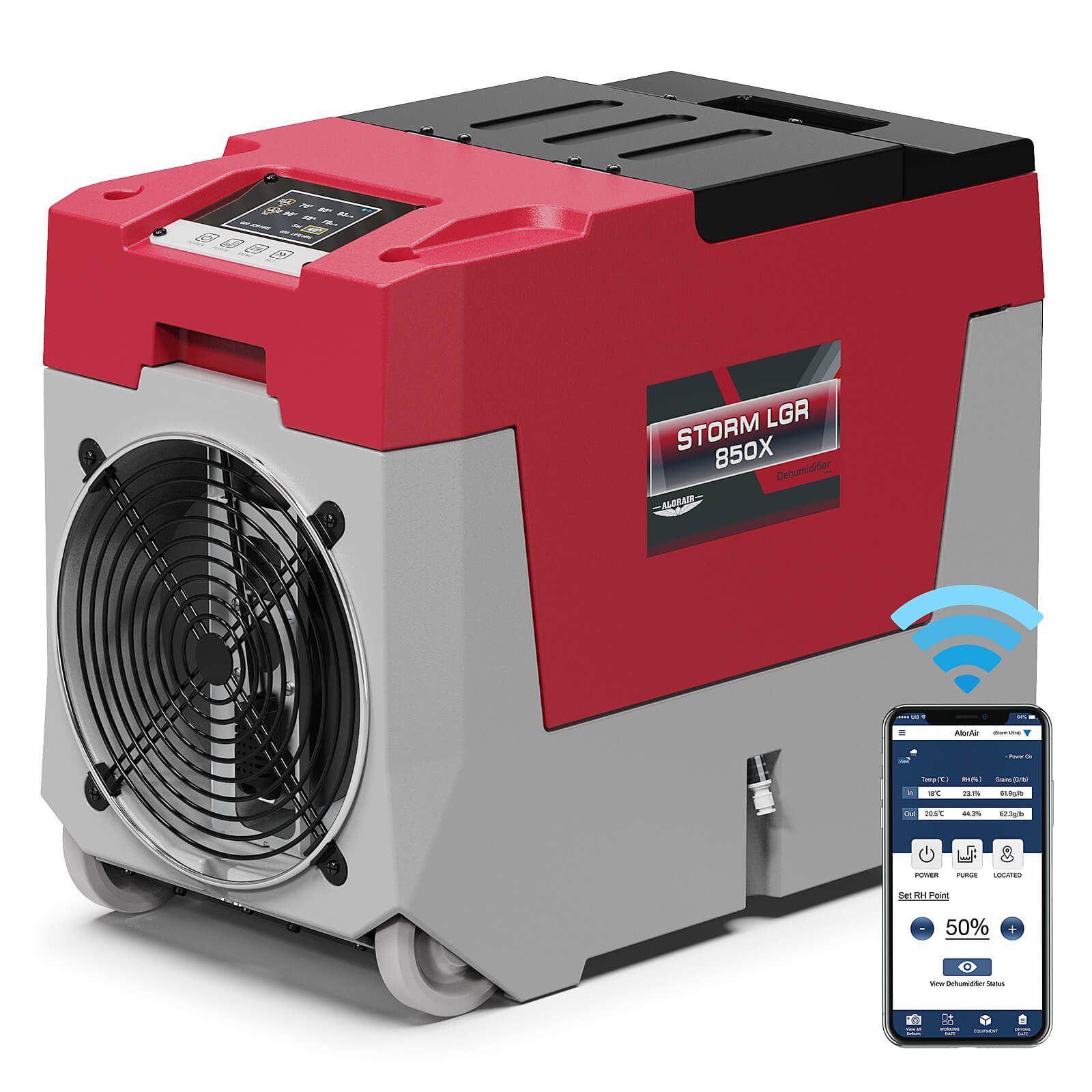
.jpg)

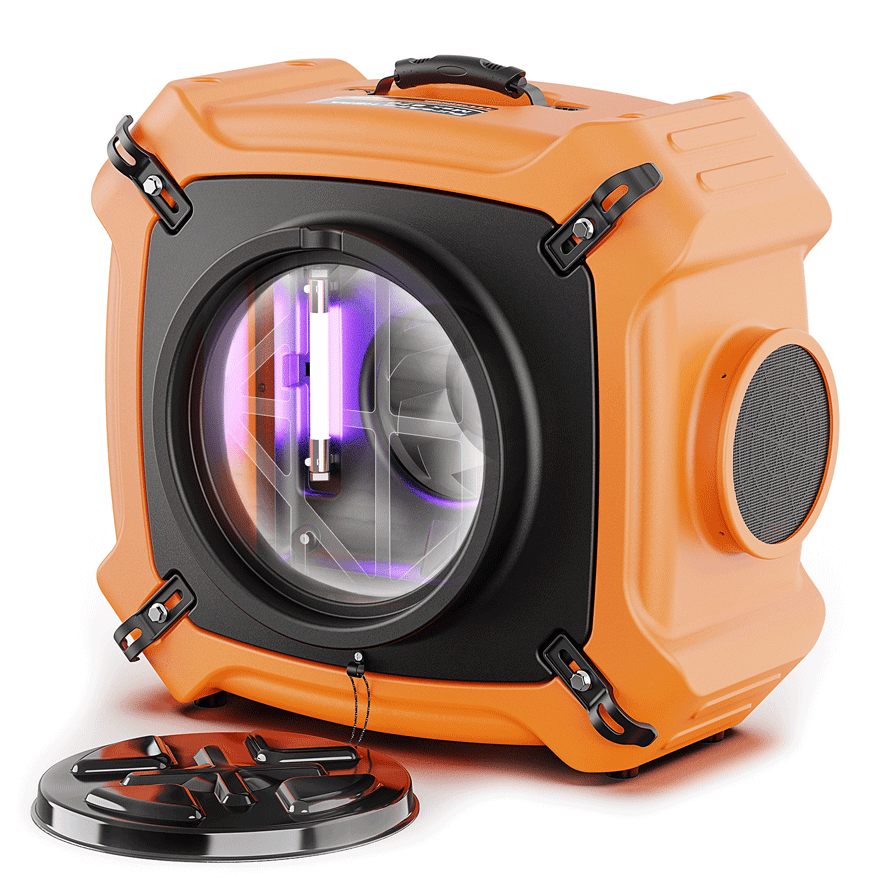
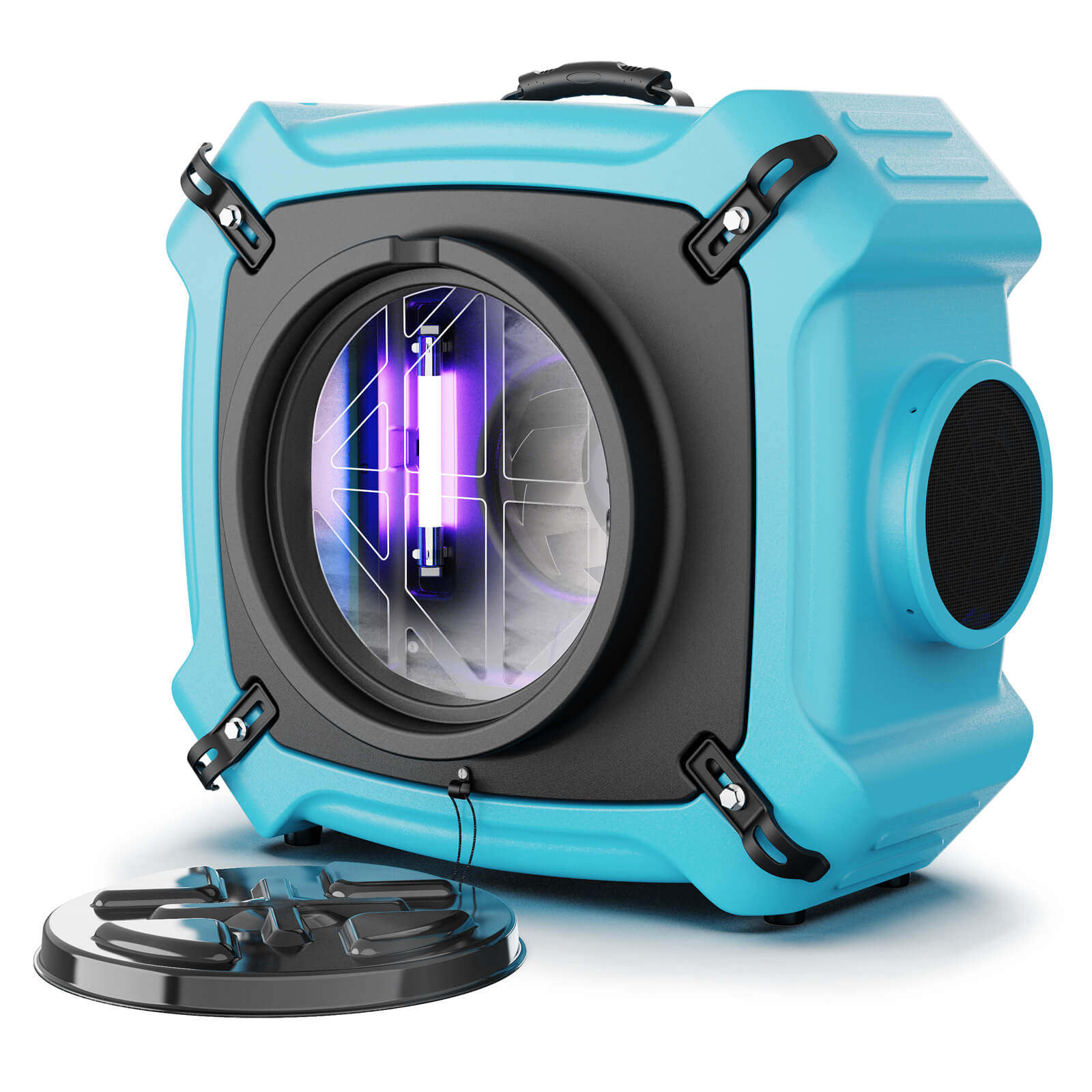
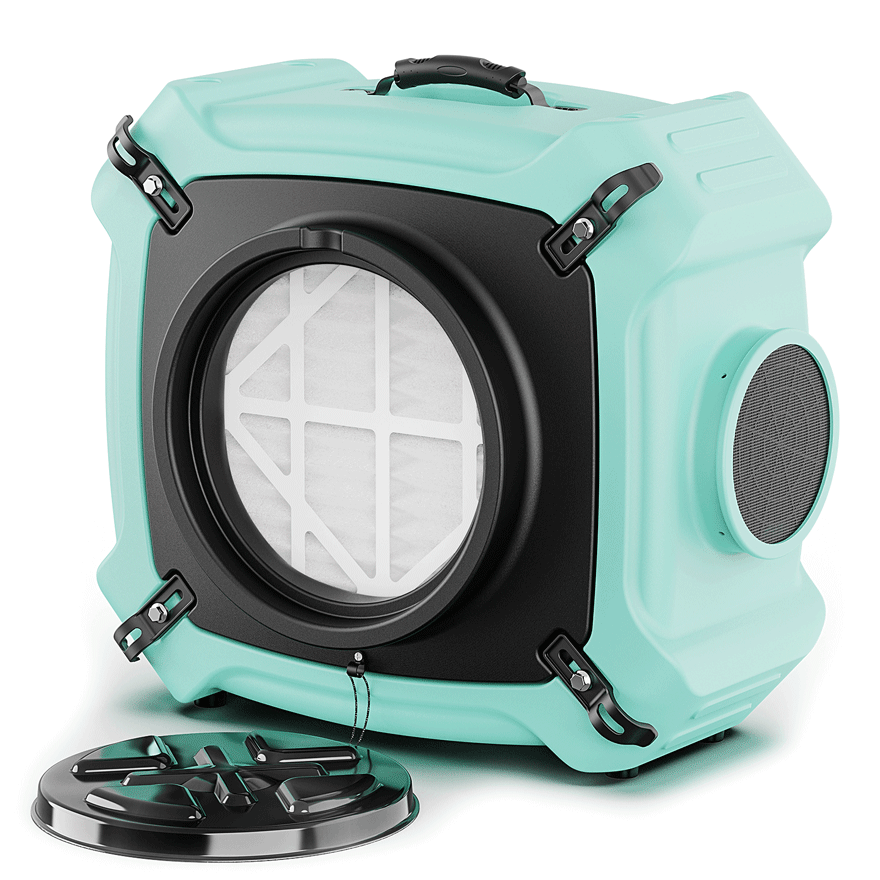


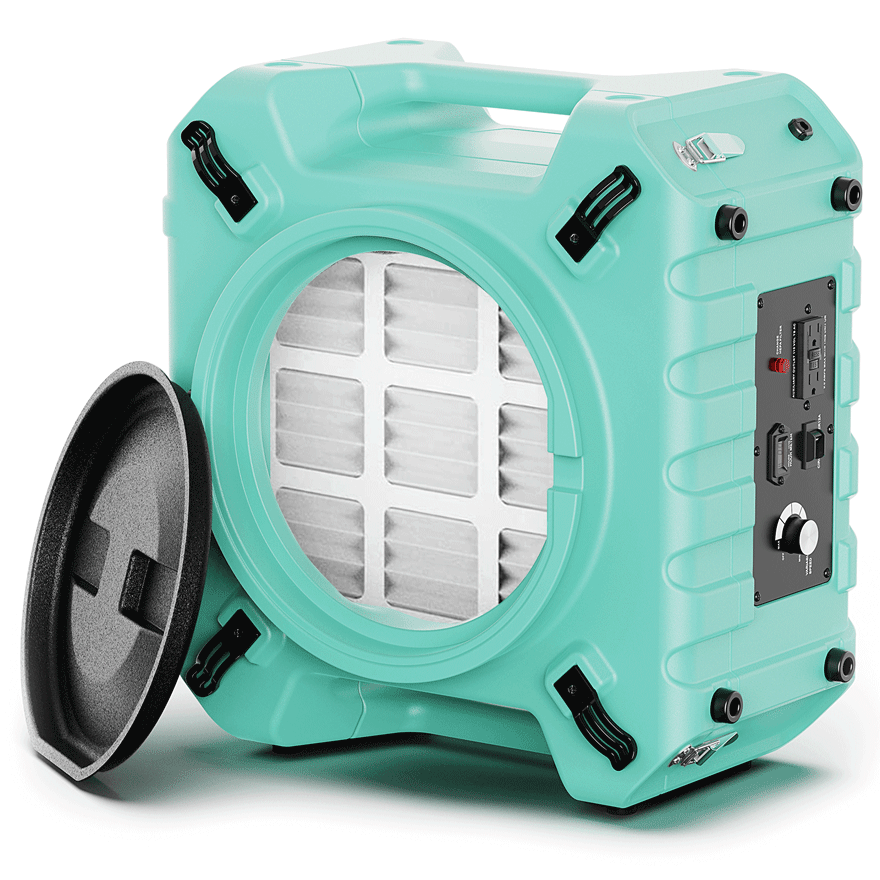

.jpg)
.jpg)
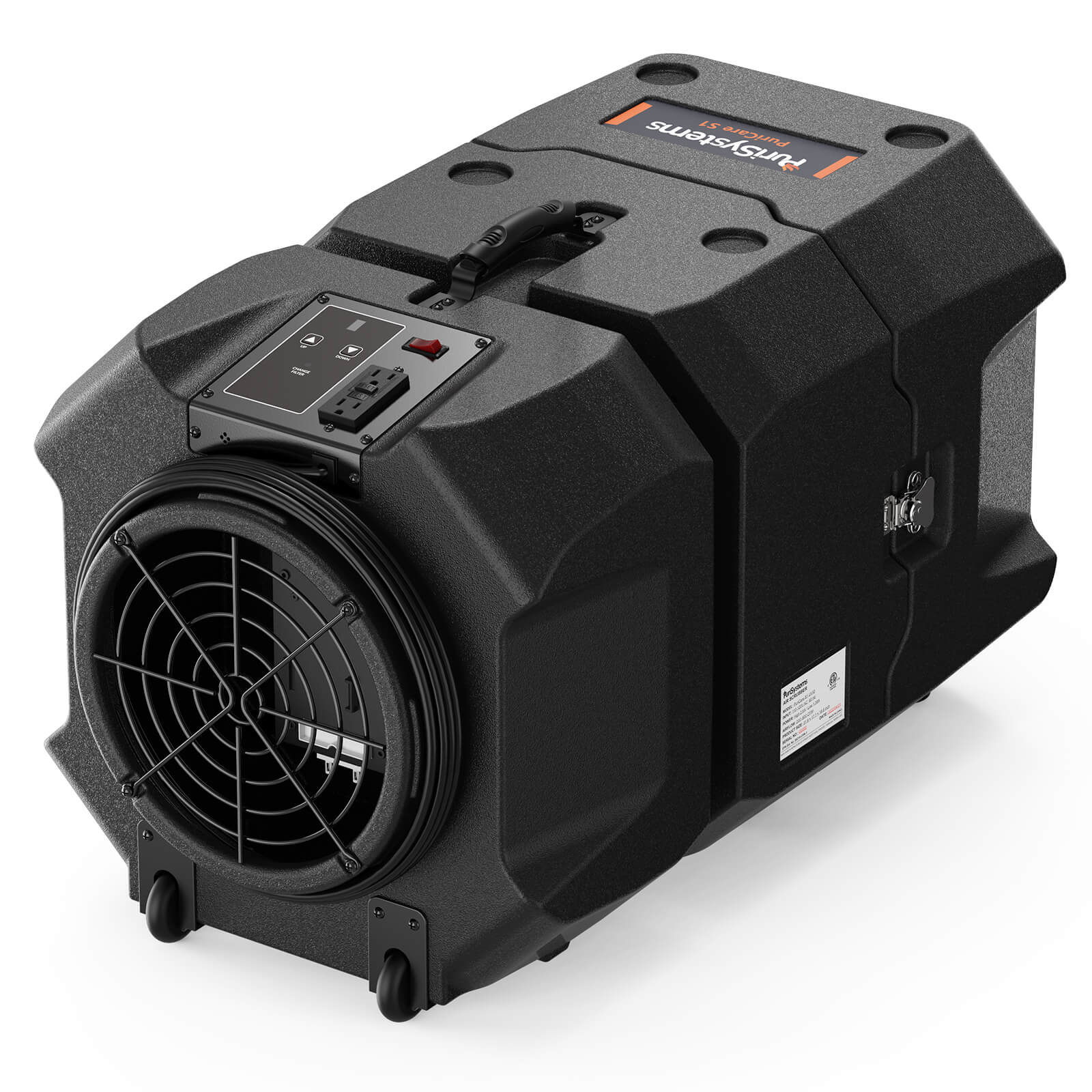




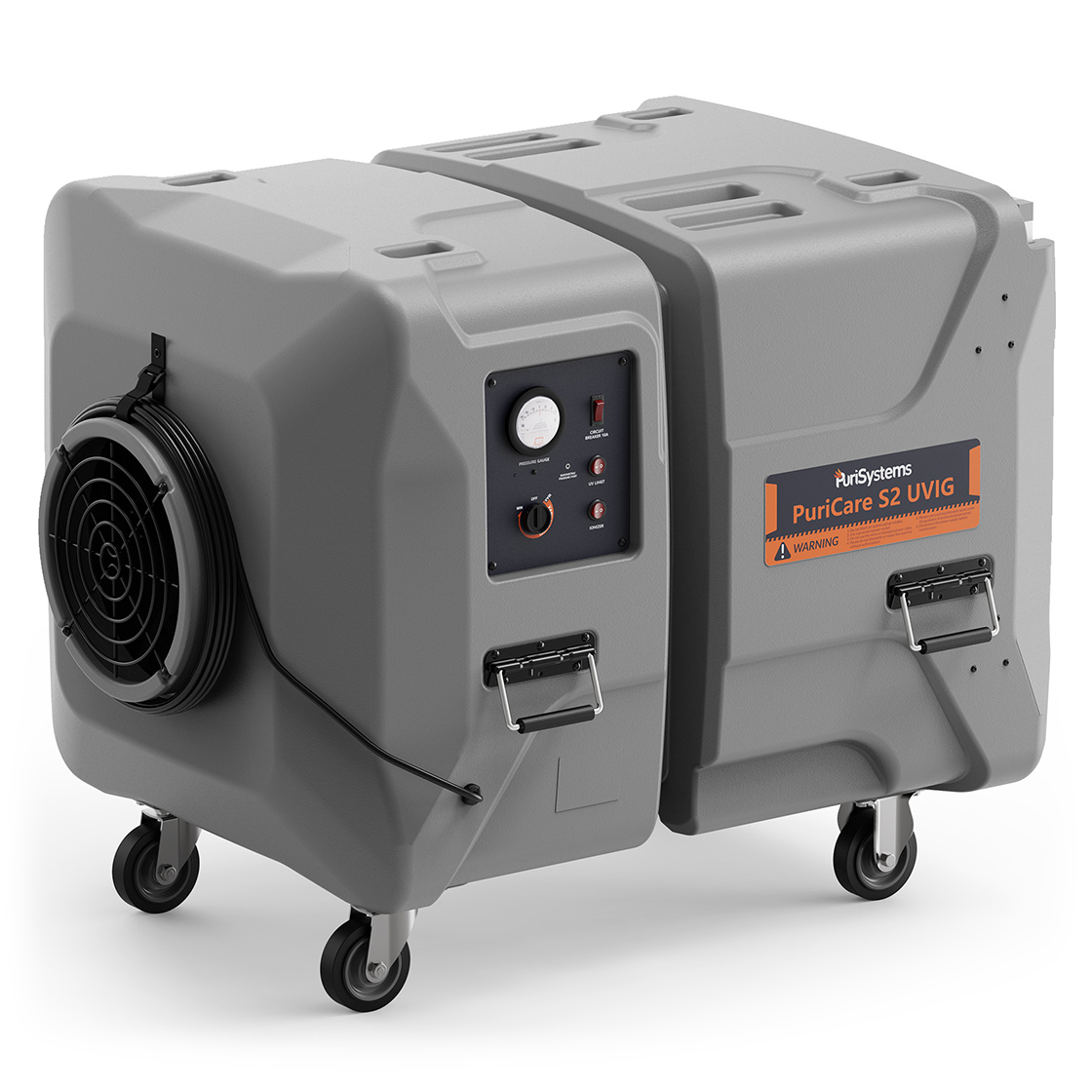

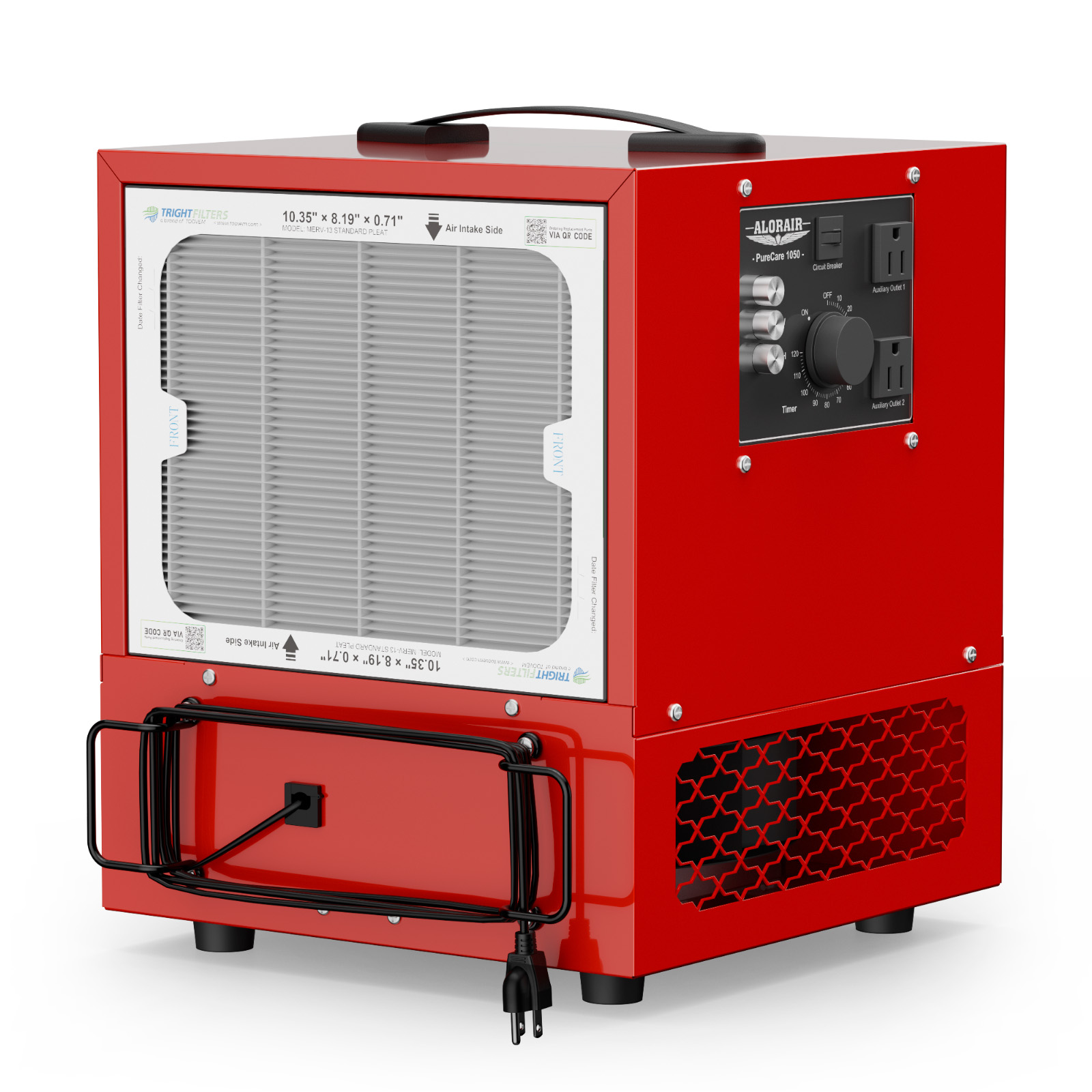
.jpg)
.jpg)
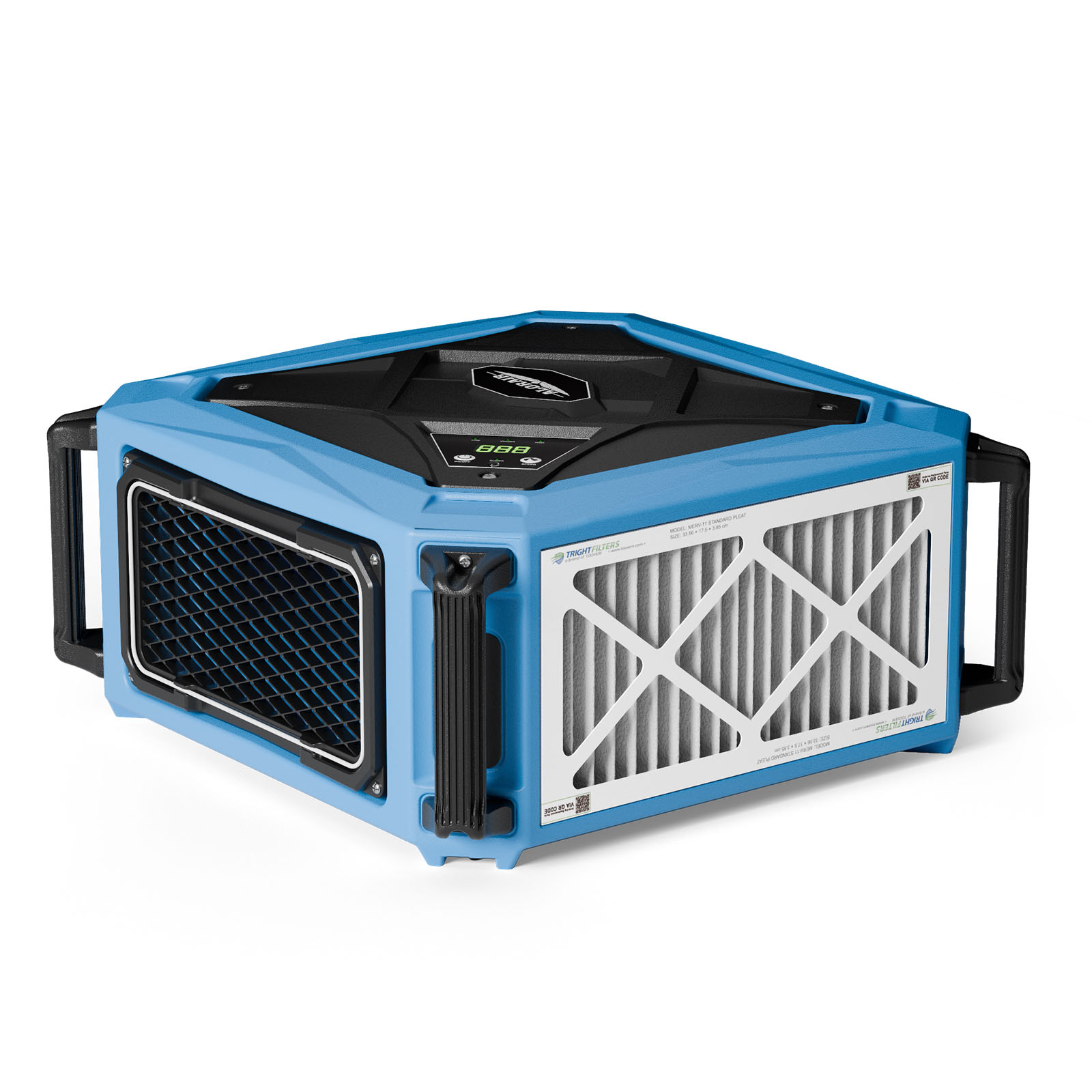

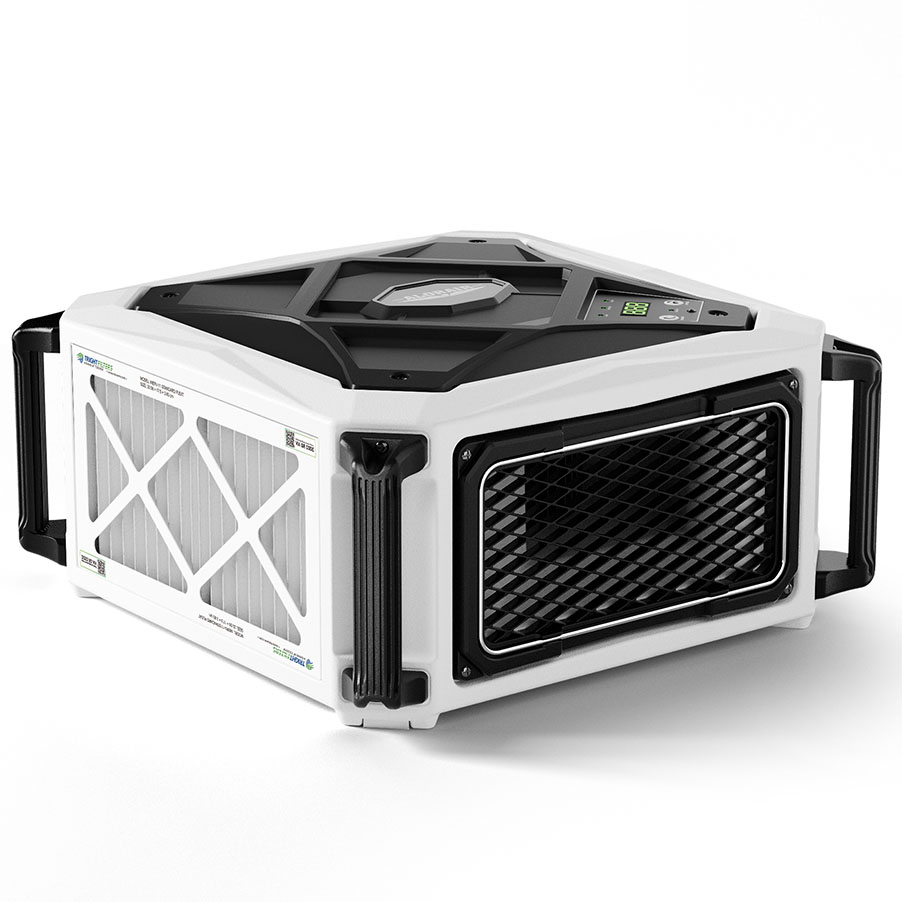
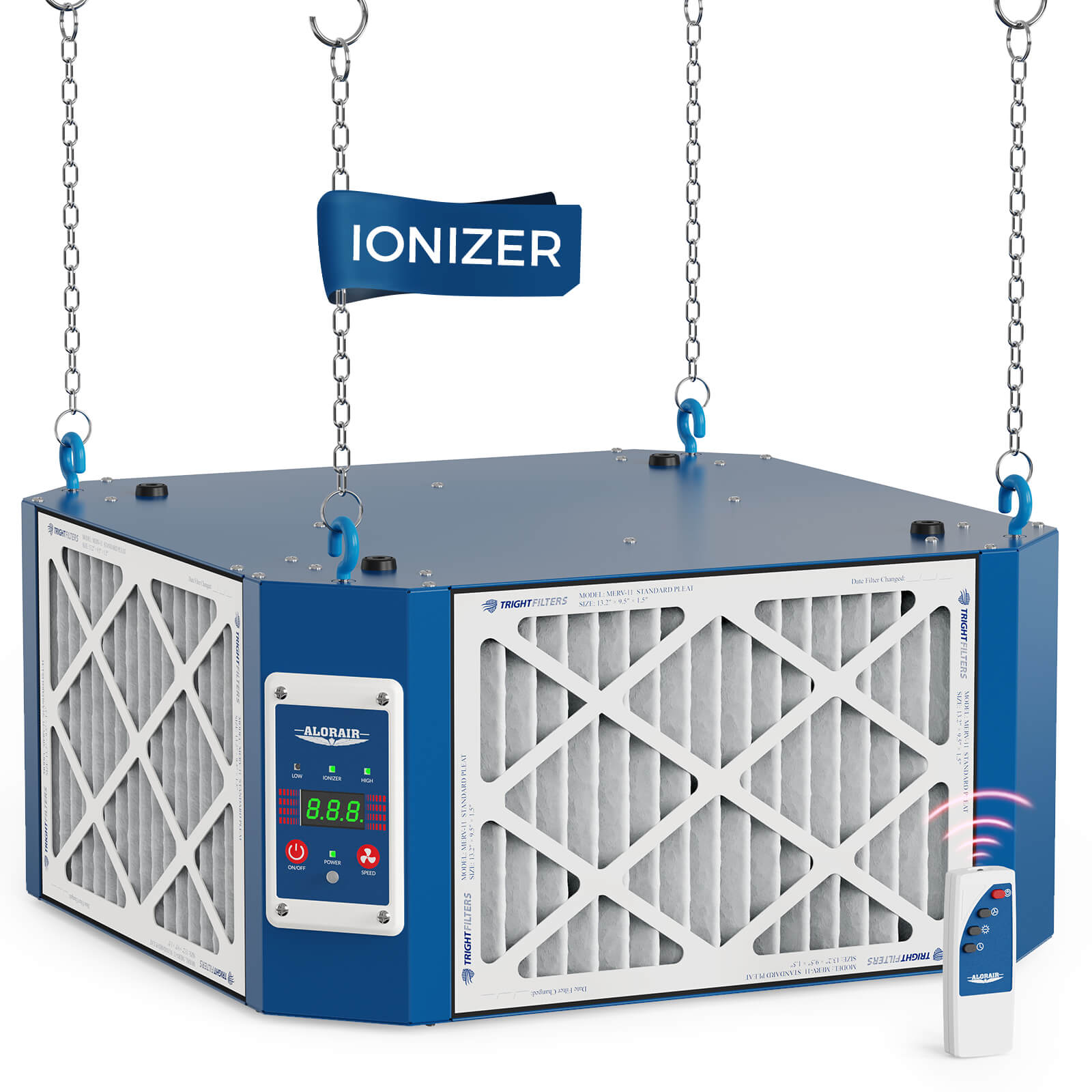
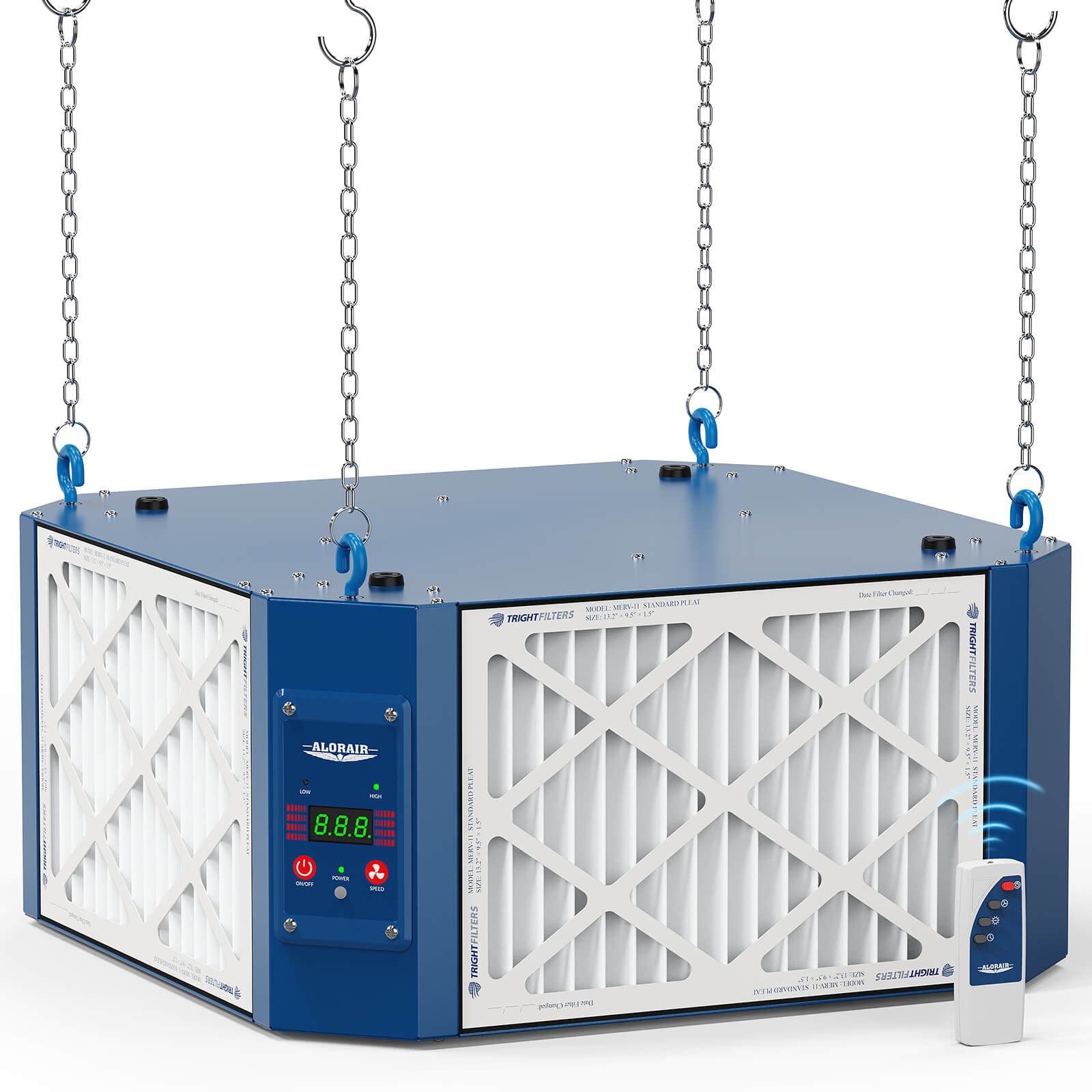
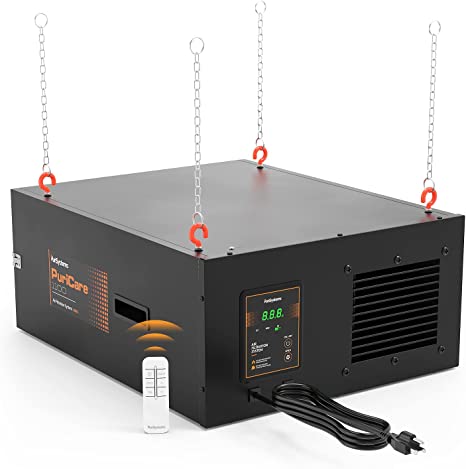

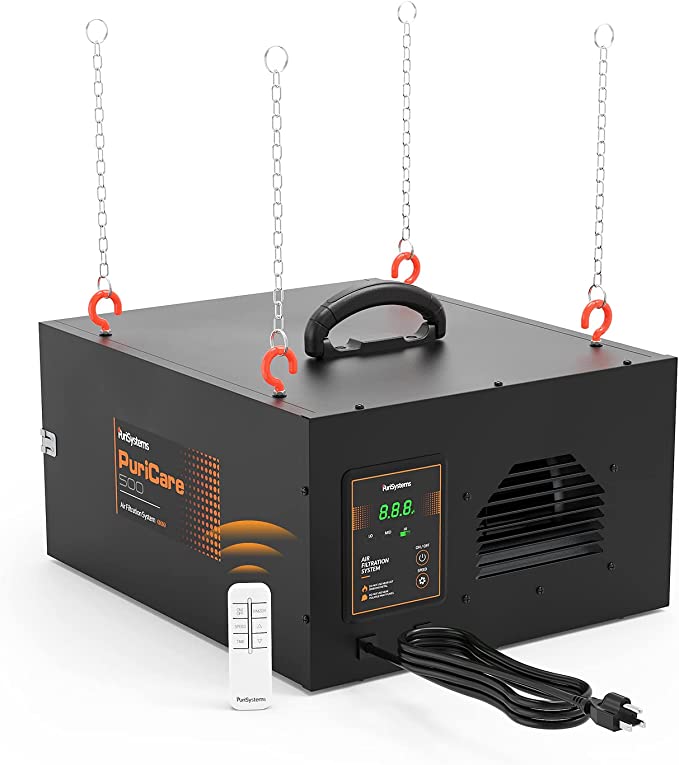


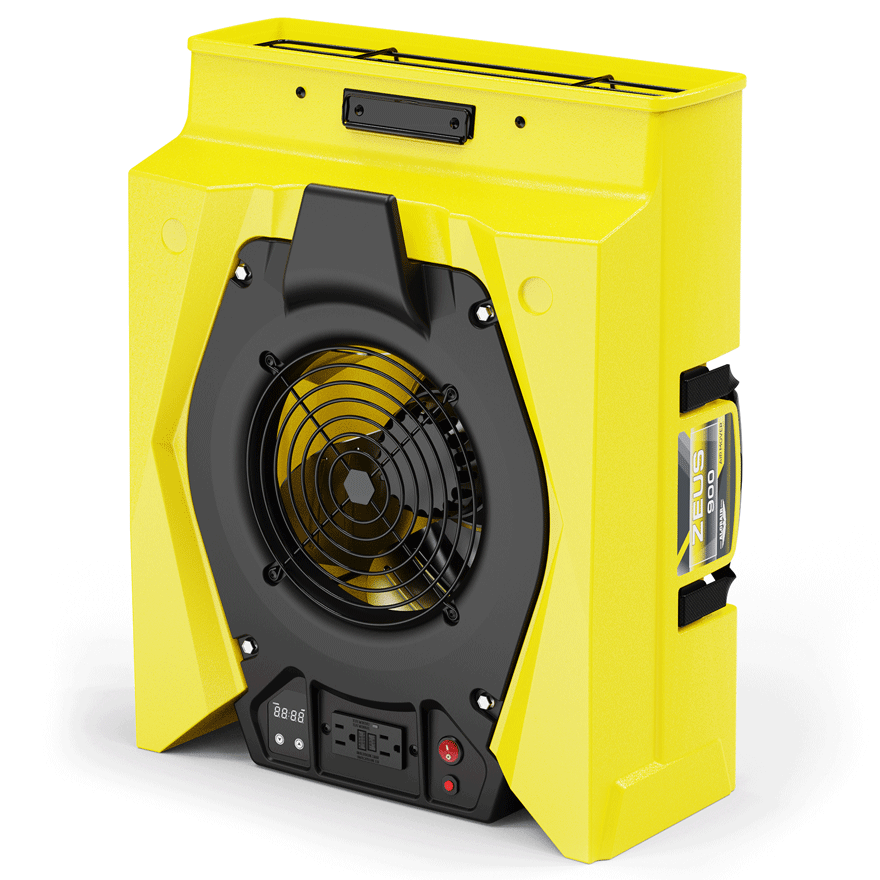

.jpg)
.jpg)
.jpg)
.jpg)
.jpg)
.jpg)
.jpg)
.jpg)
.jpg)
.jpg)
.jpg)
.jpg)
.jpg)
.jpg)


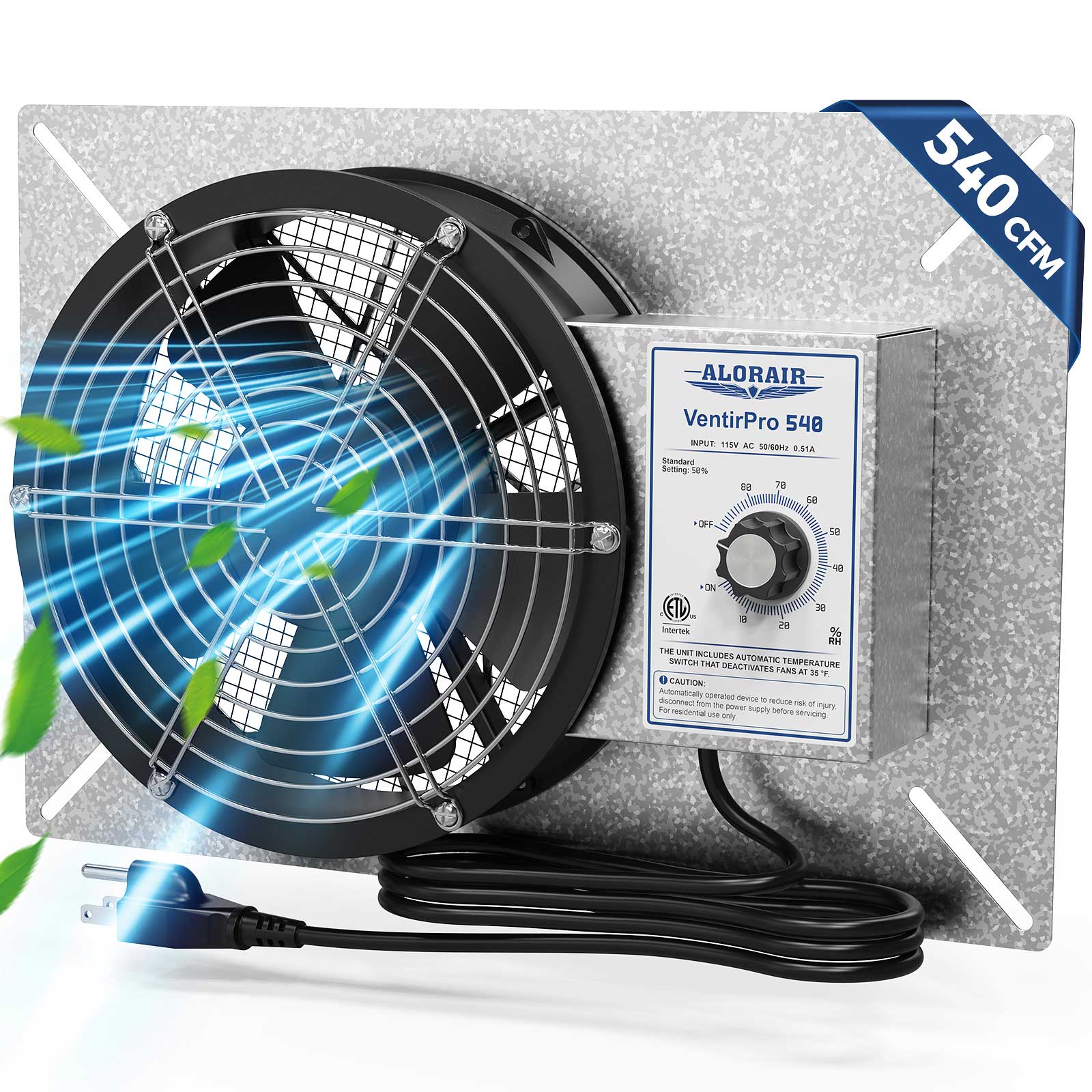

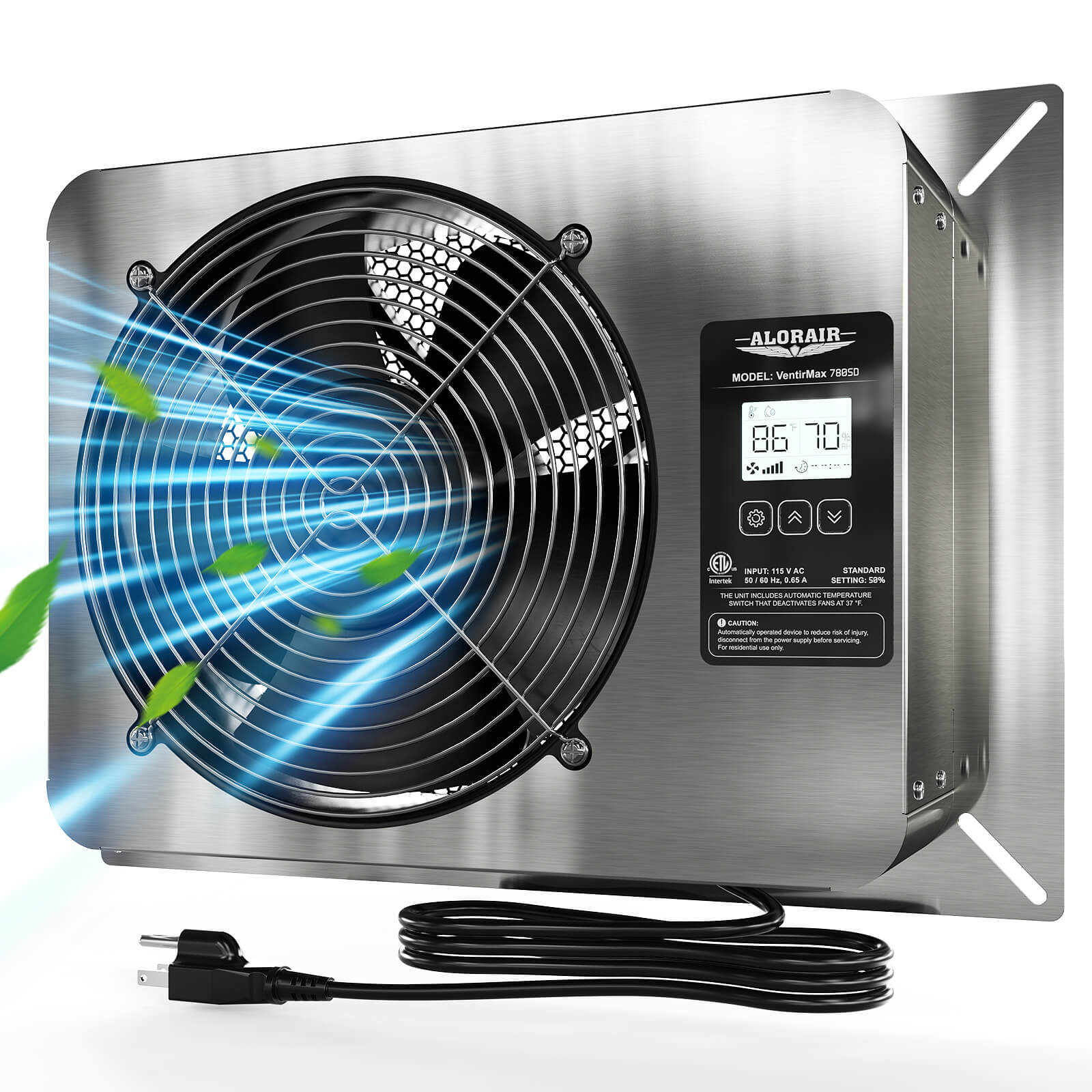
.jpg)
.jpg)


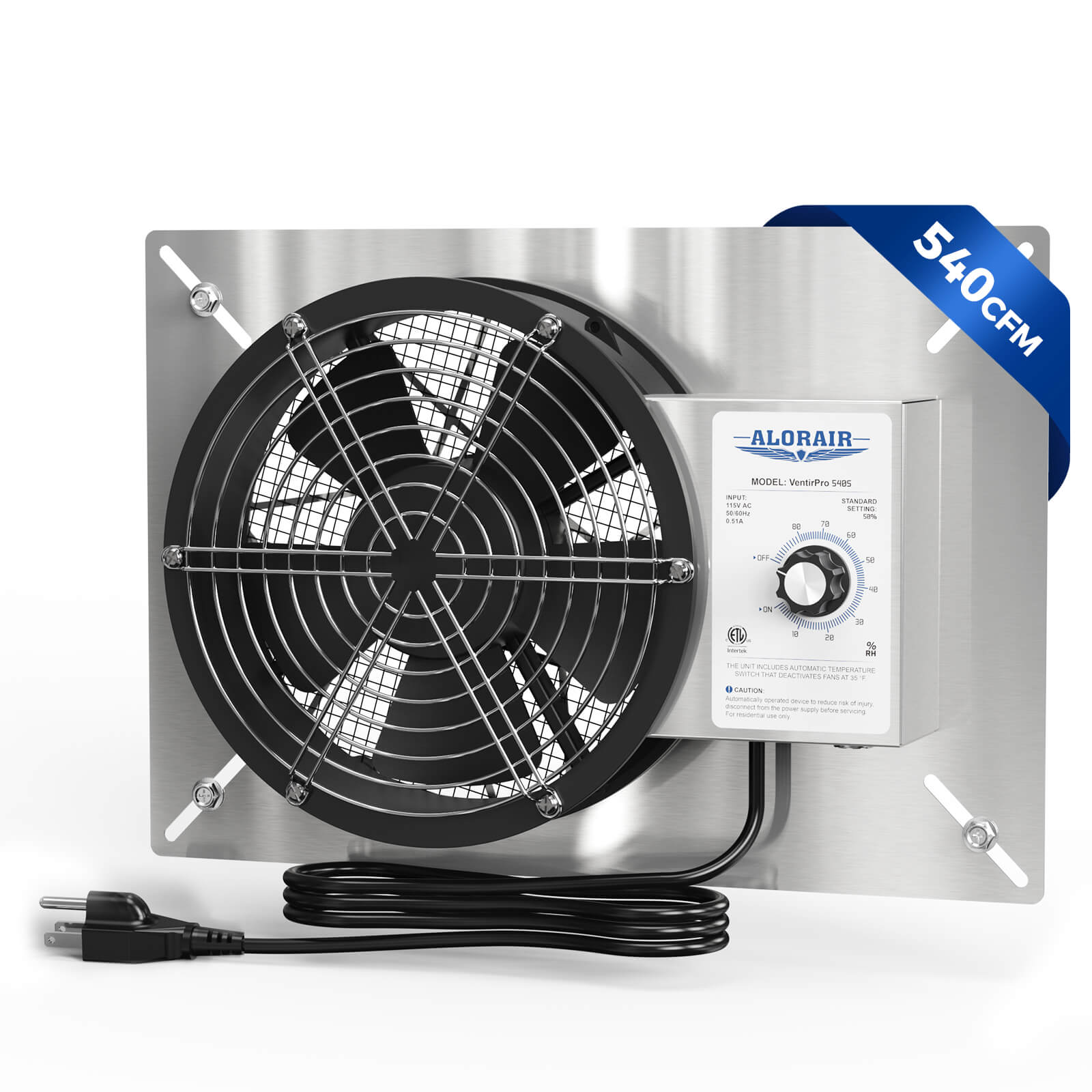

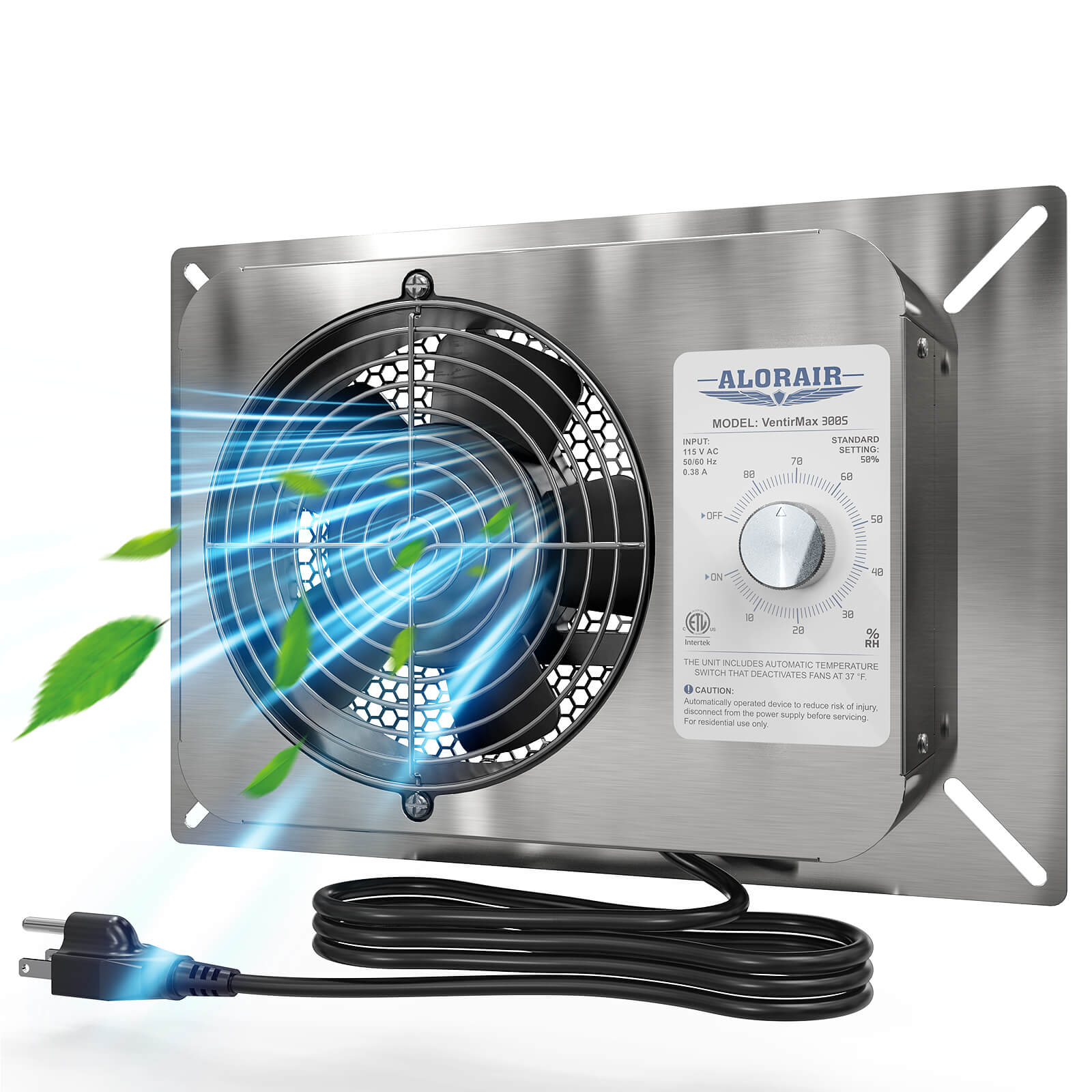


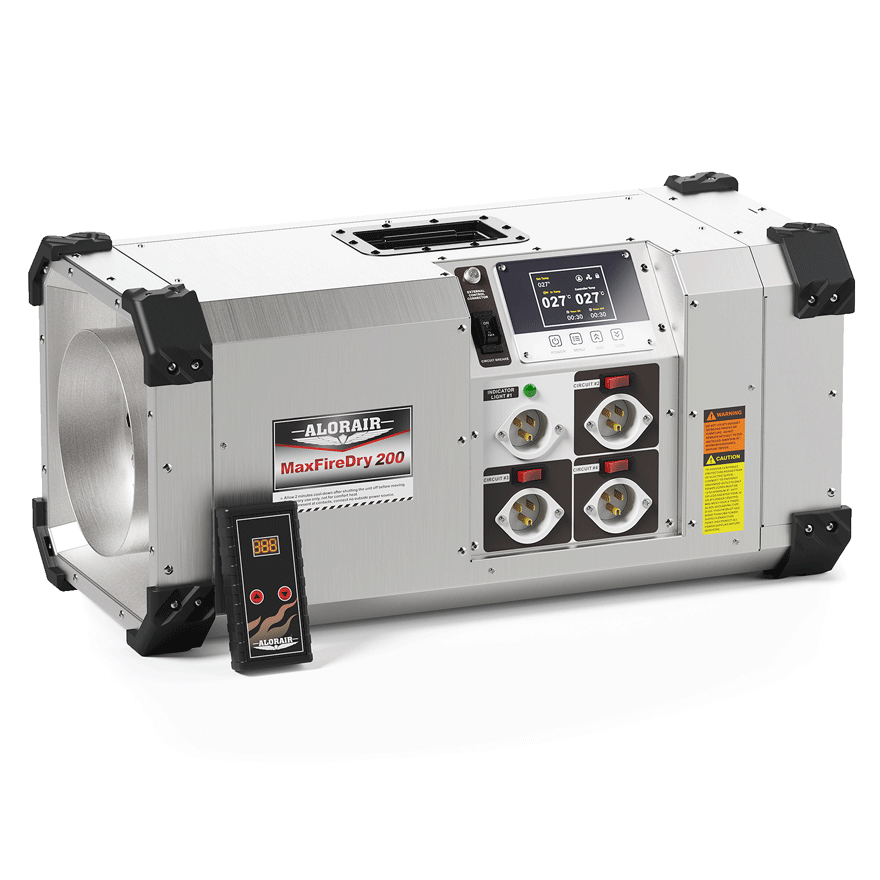






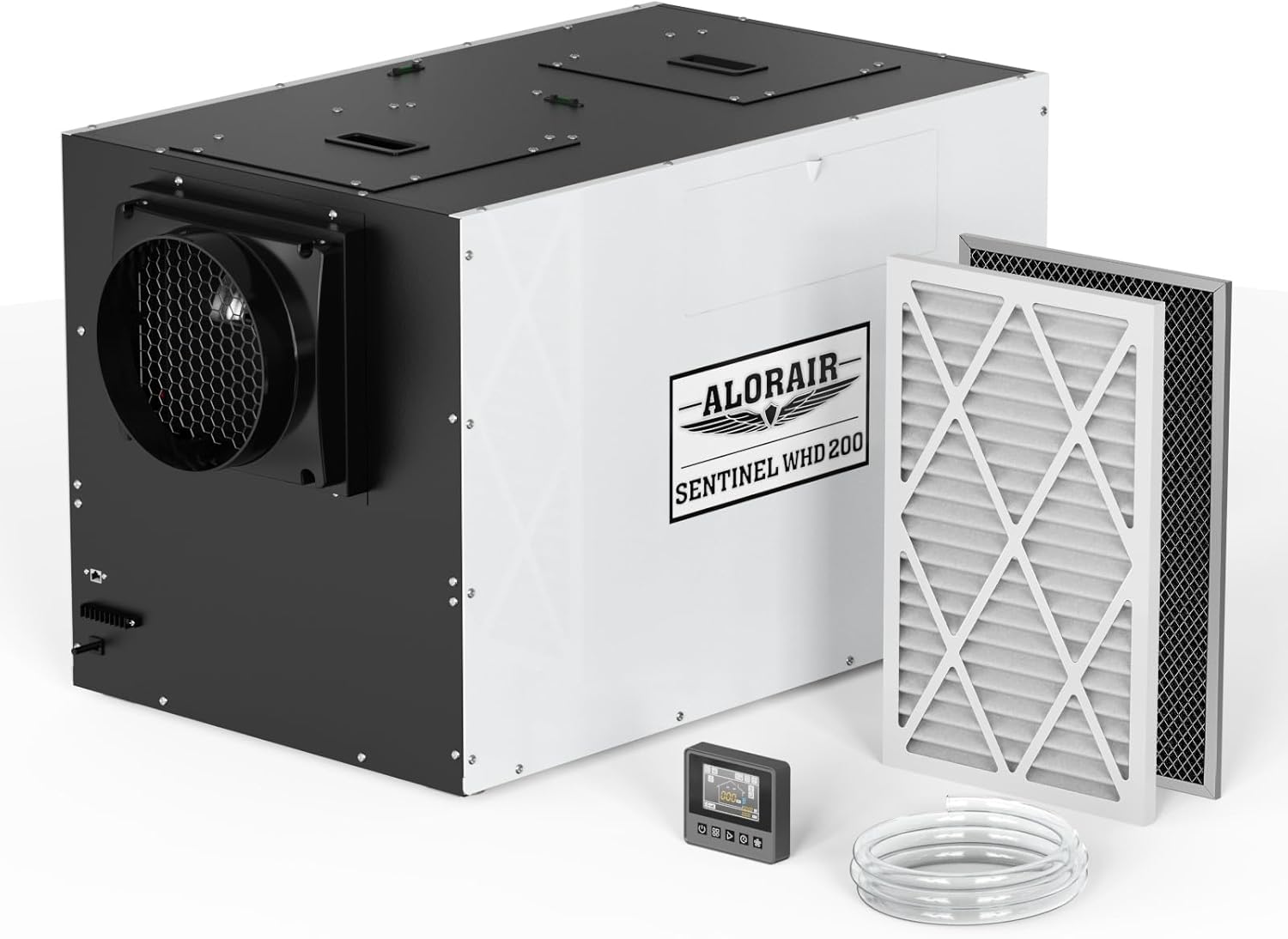
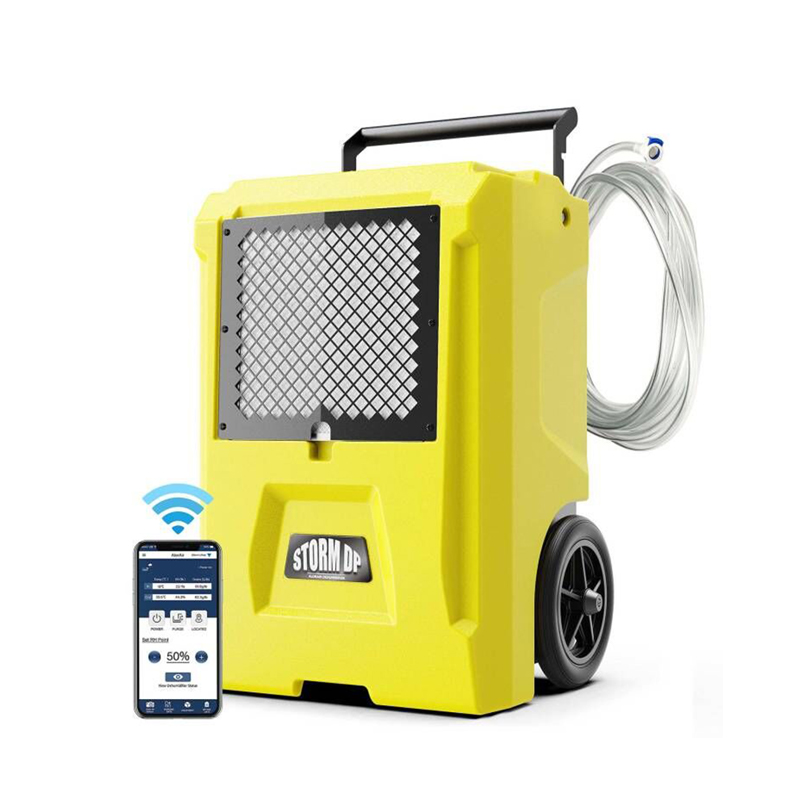
-.jpg)
.jpg)

.jpg)
.jpg)


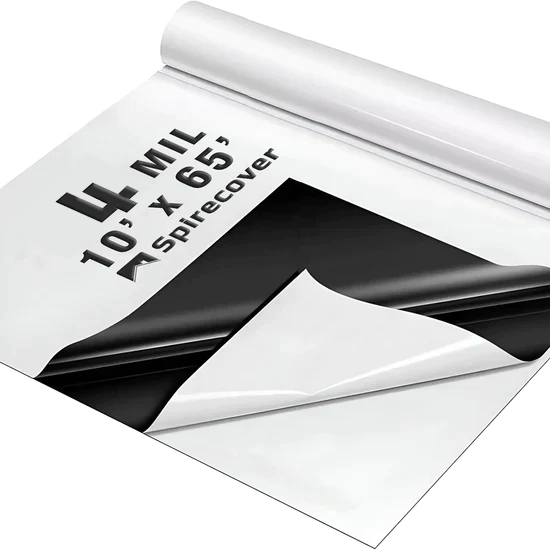
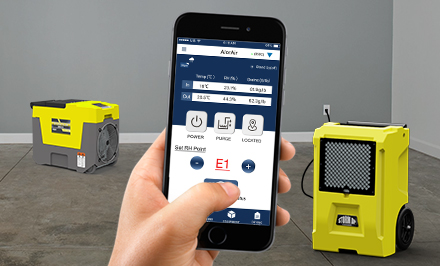


















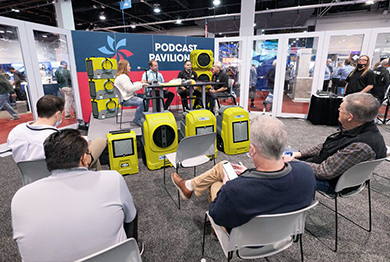




 Exclusive offers
promotions
Exclusive offers
promotions


I have a crawl space that is roughly 1500 sq/ft and have the storm extreme. It cycles a lot – Will this hurt it or my electric bill?
Hi Joe, Dehumidifiers that cycle all the time do consume electricity. The Storm Extreme can be switched on and off using the ambient humidity control to set the humidity at a comfort value. When the ambient humidity is higher than the set value the machine is turned on, when the ambient humidity is lowered to the set value the machine is turned off to save electricity.
I am interested in your product, though would like to speak with someone please to see what unit would best suite my application. I have a crawl space and we are on the ocean, during king tides or extreme weather conditions it fills with water and recedes. However I am left with water and humidity. And this can repeat for many days depending on the tides and hydrostatic pressure from rainfall etc. However a call would be appreciated. Darren 604-290-4002
Hi Darren, Hope our customer services has reahced you. For extreme environments with high humidity, Lgr series dehumidifiers are a good choice. On the one hand, their dehumidifier capabilities are very strong. Secondly, they are horizontal and stable. Thirdly, the rotational molding material is Solider and can adapt to harsh environments.